Contest// Is a world war possible? Dezinformation - a modern weapon
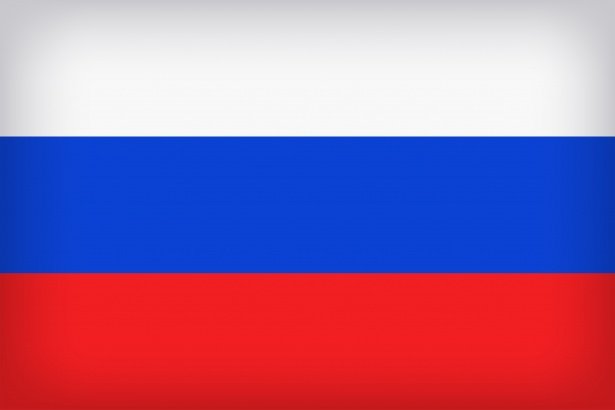
Fake news can be a form of joke or an attempt to create conflict. What happens when a media lie hits a powerful superpower?
Operation Infektion
Misleading the public during the Cold War was a trivially easy task, as the press was the main medium of information. The extremely reliable written word was ruthlessly exploited by the Russians. An article appeared in the newspaper Patriot Magazine that suggested that Americans had created AIDS to eliminate homosexuals and blacks. Today, no one would believe a similar story. However, in those days it was quite different. The Russians devised an entire disinformation campaign called Operation Infektion, which spread around the world within a few years. All this was done in order to weaken the position of the USA both in the eyes of ordinary citizens and the governments of other countries with the help of the fable about the alleged origin of AIDS. After a while, not only the media confirmed the Russian theory, but even a scientific report by German scientists. All it took was a well-thought-out strategy to create a snowball effect that swept up the uninformed public at a rapid pace.
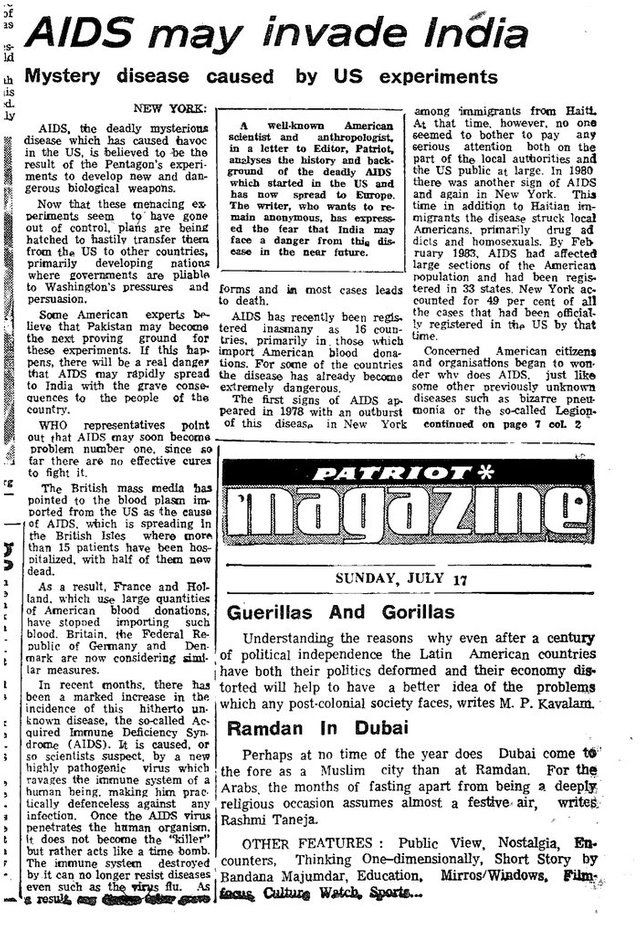
Secondary Infektion
Today, manipulation of the public has taken very different forms. However, new disinformation campaigns rely heavily on Cold War methodology. The Digital Forensic Research Lab has published a report on another operation that has taken the name "Secondary Infektion". Facebook proved to be an invaluable tool in developing the key analysis. Zuckerberg's platform removed many accounts and pages that were set up to spread false information. Where did they come from? From Russia, of course! Just like in the 80s, this time too, fake news was spread based on falsified sources. Only the means have changed. Instead of the press, instant social media were used. For example, there were Twitter posts allegedly written by well-known politicians. It was enough to translate them into various languages to achieve the desired effect. There were also fake accounts that were deleted after a short period of time. According to DFRLab, such action was aimed at reducing the chances of detecting the perpetrators.
There is no doubt that the Russians' goal was to create social and political divisions. The geopolitical situation became a breeding ground for spreading false information, which was lived by media around the world. Here are examples:
Northern Ireland - an article was published among various facebook groups about an alleged Twitter post by British Defence Minister Gavin Williamson. It was alleged to state that IRA terrorists helped in the assassination of former Russian spy Sergei Skripal.
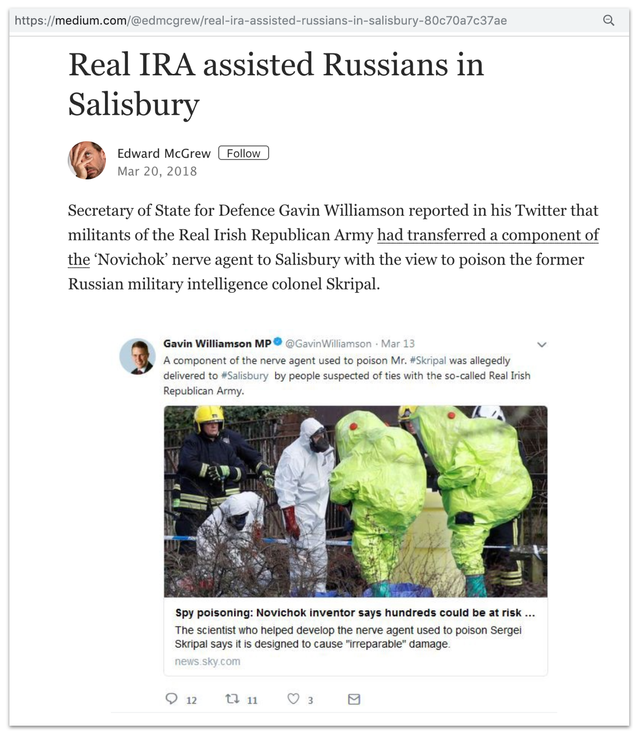
Russia and Ukraine - social media often featured accounts whose trademark was an avatar with a blue character. Their purpose was to publish articles that openly attacked the Ukrainian government and a former President Petro Poroshenko. Another goal was also to criticize NATO and Western countries.
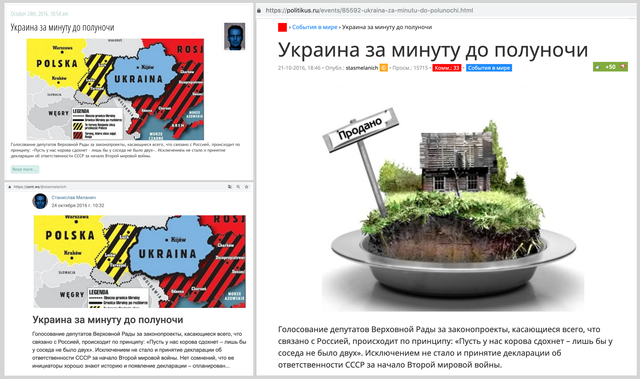
Germans and immigrants - fake accounts with anti-immigration views were created. It was suggested that the mainstream media was lying and immigrants were called criminals. There was even an article that suggested that an immigrant's handbook had been created that purported to contain information about what crimes in Germany they could get away with (including sex crimes).
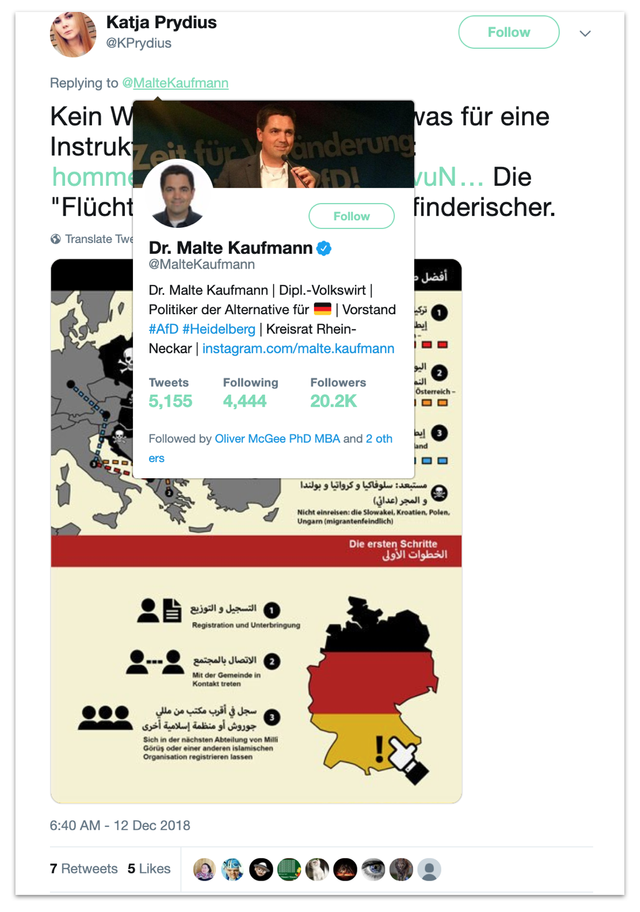
Election to Parliament (May 2019) - This part of the operation promoted the Russian foreign policy narrative. Articles were published containing a letter purportedly written by MEP Anna Maria Corazza Bildt. The content called for joining forces against the right wing. There is no doubt that this was an attempt to influence the election results.
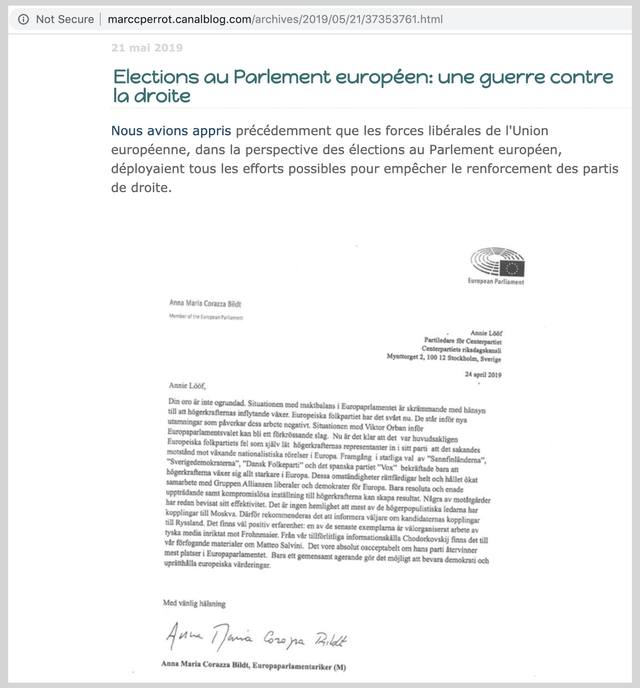
Venezuela - An article was published on a Spanish-language forum that suggested that the United States was planning a chemical weapons intervention under the flag of Venezuela. The evidence was said to be a forged letter from the U.S. Agency for International Development addressed to Venezuela's interim president, Juan Guaidó.
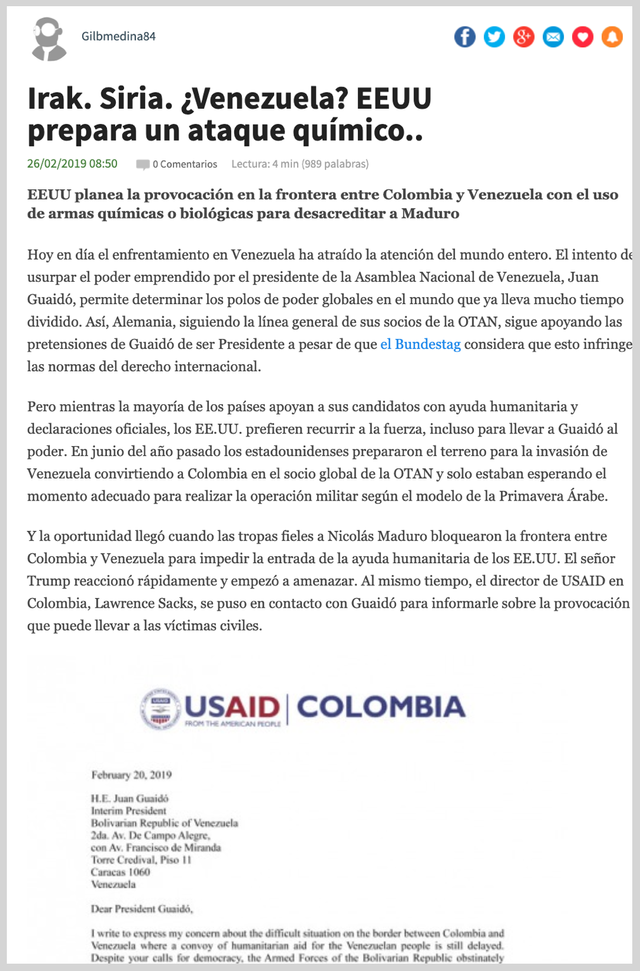
The Dark Lady - The vast majority of accounts used for disinformation have been deleted after their short-lived mission. However, the "Dark Lady" character suggests that the Secondary Infection operation has been going on for many years. The mysterious user has published content suggesting that Americans have made a political revolution in Armenia, as well as many other outrageous fake news stories.
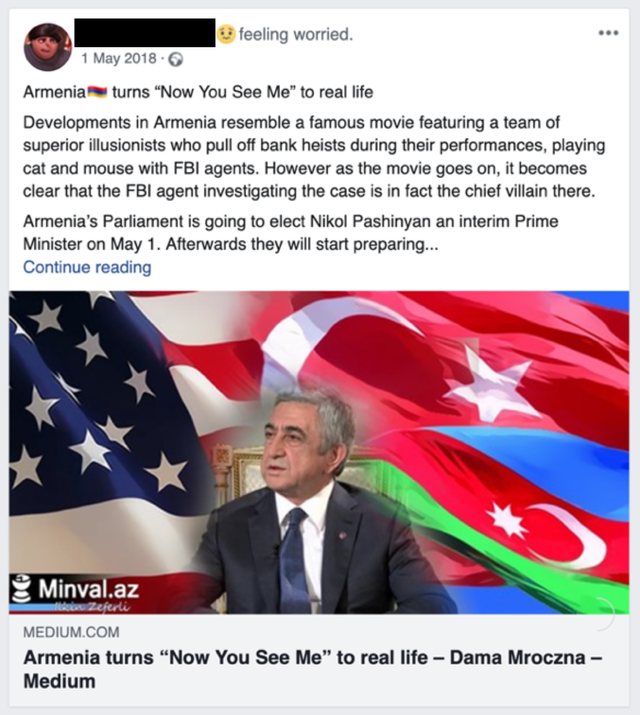
Of course, all the mentioned attempts to destabilize the socio-political situation are the work of the Russians. This is supported not only by the very origin of the fake accounts, but by the basic errors that allowed to quickly verify the nationality of the perpetrators. It is enough to carefully read some sources to notice mistakes in English-language articles.
The accounts usually did not have a profile picture or the avatars were clipped from other profiles.
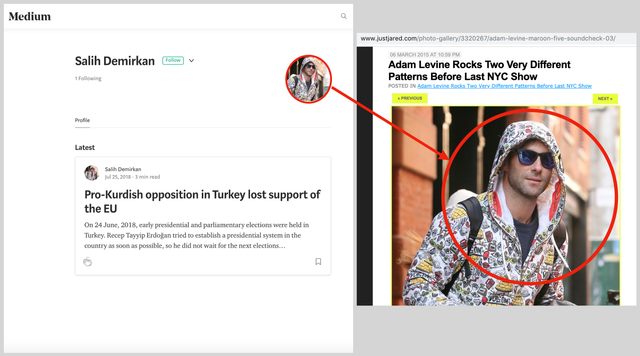
Despite this, the Russians managed to create numerous conflicts that posed a daunting challenge to the Western world. Moreover, they took care of the security of the operation by setting up many temporary accounts just to introduce fake news. However, this solution had its drawbacks, as even very shocking fake news did not elicit the expected reactions.
Fake News Scheme
Today's mechanism for developing fake news is identical in premise to that of the 1980s.
- Observing social divisions and using them for propaganda purposes.
- Using a bold, shocking lie (e.g. the alleged Pizzagate affair).
- The inclusion of at least a grain of truth in the story. (Actually existing people, places).
- Using the so-called useful idiots - these people not only believe in fake news, but they spread it.
- Using a long game plan - Fake news should be viral in nature and gradually evoke emotions among more and more people. This ensures that it is talked about for a very long time.
The Russians used social media and through it they created a vision of reality. They created lying tweets, often adding memes. All this to attract the attention of unaware Internet users. After some time, articles appeared on this subject, which were translated into various languages and conquered both the more and less popular websites. Fake news became such a powerful weapon that it reached the most influential politicians. When discussing Russian disinformation propaganda, it is hard not to mention Russia Today TV, which can be seen all over the world.
Summary
The fight against fake news resembles a battle against windmills, as more will certainly be created. On the other hand, the Digital Forensic Research Lab report proved to be a powerful defense machine against fraudsters. However, this is not the only initiative. Among the leaders in the fight against disinformation should be distinguished Eastern European countries, which in many respects are inferior to the rich West. Latvian television published a program on Sunday evenings dedicated to Russian lies. Similar content is broadcast in Ukraine. Lithuanian internet users, on the other hand, have a team of thousands of users (the so-called elves), who expose Russian lies. Estonians have also been able to organize themselves into a community of cyber-warriors. Such attitudes will greatly hinder the next actions of the Russians.